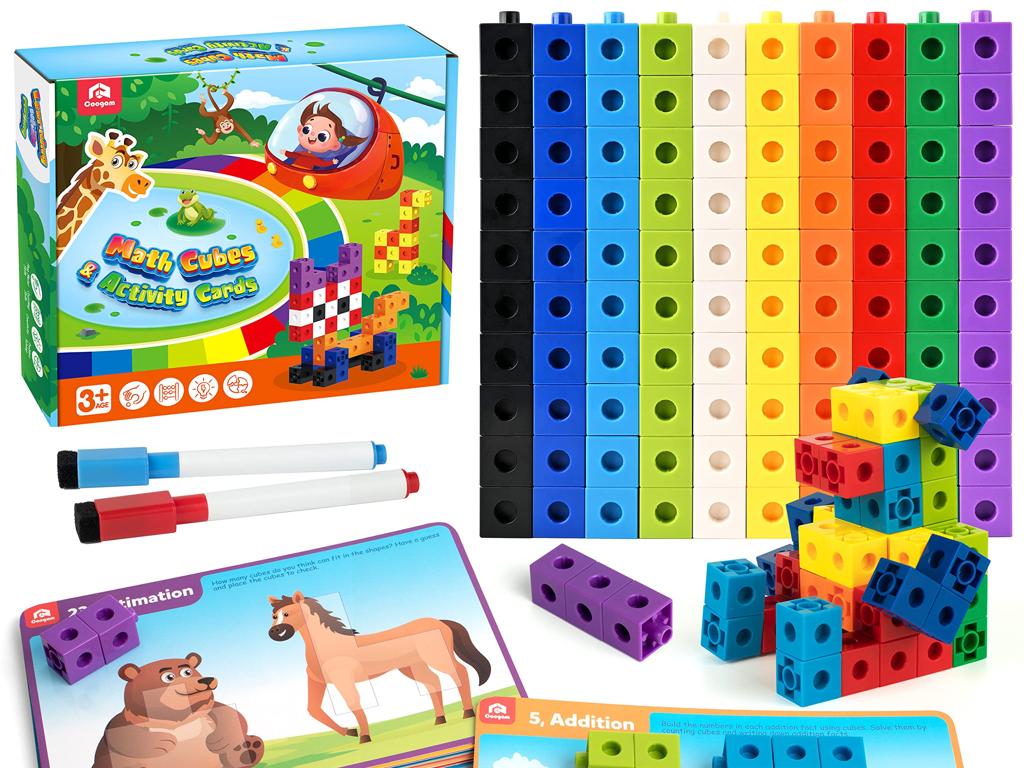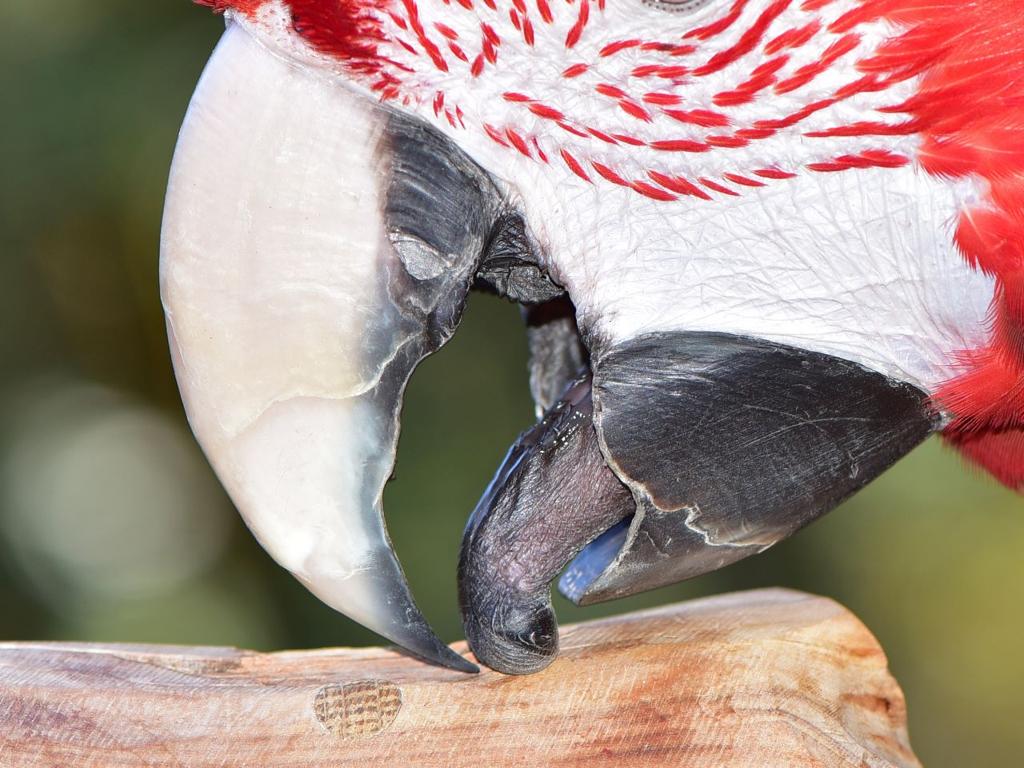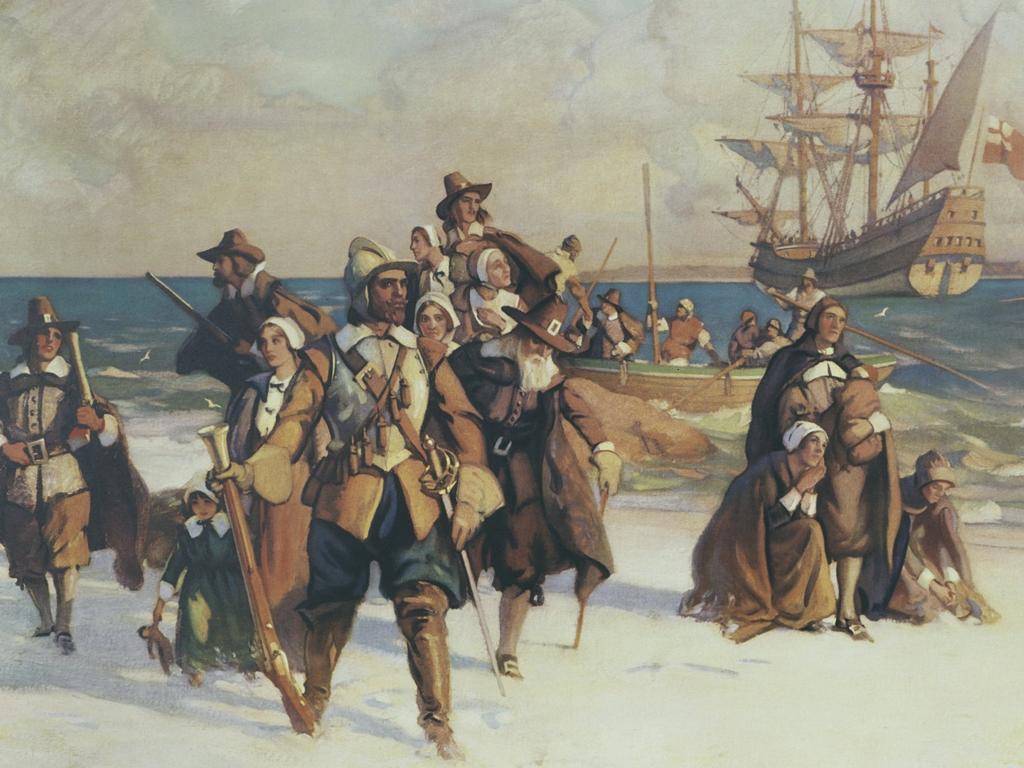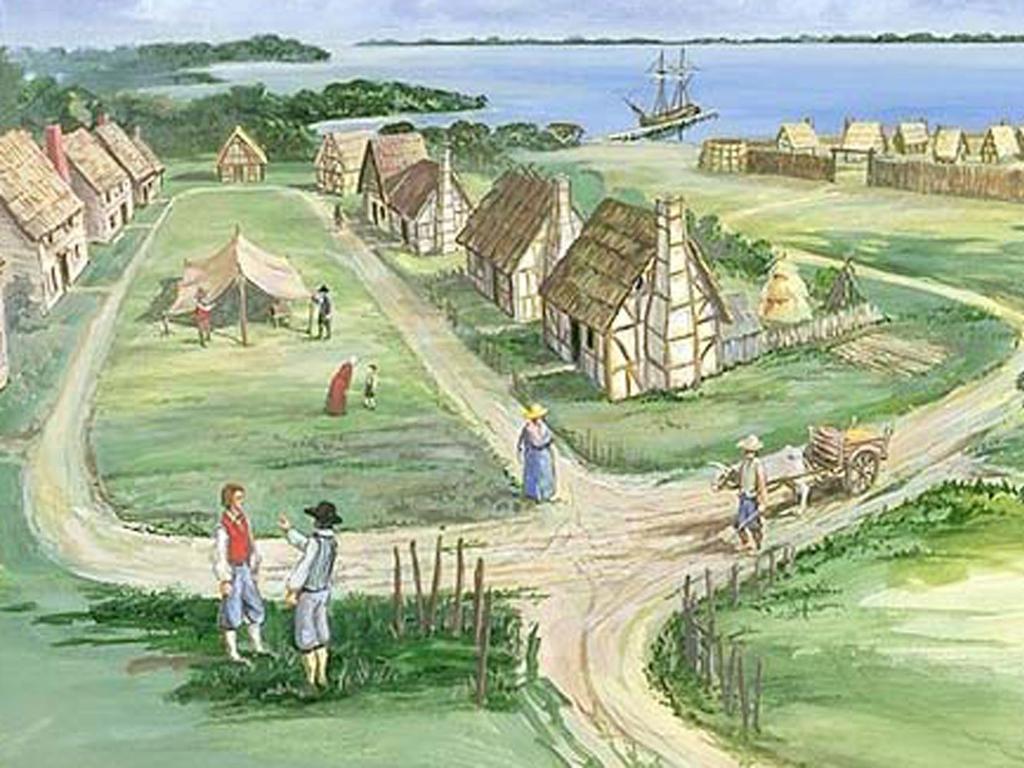Introduction To The Rock Cycle
Subject: Science
Grade: Sixth grade
Topic: Rocks
Please LOG IN to download the presentation. Access is available to registered users only.
View More Content
Welcome to the Rock Cycle!
– Exploring the Rock Cycle
– A continuous process of rock transformation
– What are rocks?
– Solid mineral material forming Earth’s surface
– Three main rock types
– Igneous: formed from cooled magma/lava
– Igneous, Sedimentary, Metamorphic
– Sedimentary: layered from sediment compaction
|
Begin the class with an engaging introduction to the rock cycle, explaining that it’s a continuous process that describes the transformation of rocks through various geological processes. Define rocks as solid mineral materials that make up the Earth’s surface. Introduce the three main types of rocks: igneous, formed from the cooling and solidification of magma or lava; sedimentary, created from the compaction and cementation of various sediments; and metamorphic, which are formed under the surface of the Earth from the metamorphosis (change) of existing rock types due to high heat, pressure, or chemical processes. Use diagrams to illustrate the cycle and provide real-world examples of each rock type. Encourage students to think about where they might have seen these rocks in their daily lives.
What Are Rocks?
– Rocks: Earth’s building blocks
– Solid aggregates of minerals forming the Earth’s crust.
– Composition of rocks
– Made up of grains of minerals, like quartz, feldspar, and mica.
– Daily examples of rocks
– Granite in countertops, limestone in buildings, sandstone in cliffs.
– Exploring rock types
|
Begin the lesson by defining rocks as the solid materials that form the outer layer of the Earth’s surface. Explain that rocks are composed of different combinations of minerals, which are naturally occurring substances with a definite chemical composition. Provide examples of common rocks that students encounter in their daily lives, such as granite used in kitchen countertops, limestone in building facades, and sandstone that forms cliffs and canyons. This will help students connect the concept of rocks to tangible objects they are familiar with. Encourage students to think about and share other examples of rocks they know. This introduction sets the stage for further discussion on the types of rocks and the rock cycle.
Types of Rocks and the Rock Cycle
– Igneous Rocks: Earth’s fire-formed treasures
– Formed from magma or lava that cools and solidifies.
– Sedimentary Rocks: Layers of history
– Made from compacted sand, shells, pebbles, and material fragments.
– Metamorphic Rocks: Transformed by pressure
– Created when rocks are altered by heat and pressure beneath Earth’s surface.
– The Rock Cycle: Earth’s recycling process
|
This slide introduces students to the three main types of rocks, which are part of the rock cycle. Igneous rocks form when magma or lava cools and solidifies, often resulting in crystalline structures. Sedimentary rocks are created from the accumulation and compaction of various materials, including sand, shells, and pebbles, often found in layered deposits. Metamorphic rocks result from existing rocks being subjected to intense heat and pressure, leading to physical and chemical changes. The rock cycle is a continuous process where rocks are transformed from one type to another, illustrating the dynamic nature of Earth’s crust. Encourage students to think about how each rock type might look and feel, and where they might encounter them in the natural world.
The Rock Cycle Explained
– Rock cycle process overview
– A continuous series of events that rocks undergo to change types
– Transformation of rock types
– Igneous to sedimentary to metamorphic and back!
– Impact of weathering and erosion
– Breakdown and movement of rocks shaping the Earth’s surface
– Effects of heat and pressure
– Intense conditions inside Earth alter rock form and composition
|
The rock cycle is a fundamental concept in geology that explains how rocks are continuously transformed between different types. Begin with an overview of the rock cycle, describing it as a series of processes that lead to the formation, breakdown, and reformation of rocks. Explain how igneous rocks can become sedimentary rocks through weathering and erosion, and then become metamorphic rocks under heat and pressure. Emphasize that this cycle is ongoing and driven by the Earth’s internal and external forces. Use diagrams to illustrate the cycle, and provide examples of each rock type at various stages. Encourage students to think about how the Earth’s surface is constantly changing and the role that the rock cycle plays in these transformations.
Igneous Rocks: Earth’s Natural Building Blocks
– Characteristics of igneous rocks
– Formed from cooling magma or lava, with a crystalline structure
– Formation from magma and lava
– Magma cools inside the earth, lava cools after erupting onto the surface
– Example: Granite
– Granite: A light-colored, coarse-grained rock used in construction
– Example: Basalt
– Basalt: A dark-colored, fine-grained rock found in oceanic crust
|
Igneous rocks are one of the three main rock types and are formed from the solidification of molten rock material. There are two main types: intrusive, which solidifies below the surface, and extrusive, which solidifies on the surface. Characteristics include a crystalline texture and the presence of minerals. Granite and basalt are common examples that students can relate to. Granite is often seen in countertops and as building material, while basalt is typically found in oceanic crust and volcanic regions. Encourage students to bring in samples or pictures of igneous rocks and discuss the differences in texture and appearance.
Sedimentary Rocks Deep Dive
– Traits of sedimentary rocks
– Formed from particles or sediments
– Formation via sediment compaction
– Layers of sediment are pressed together over time
– Example: Sandstone
– Often found in desert or beach settings
– Example: Limestone
– Common in marine environments
|
This slide focuses on sedimentary rocks, which are typically formed at the Earth’s surface through the compaction and cementation of sediments. These rocks often have a layered appearance and may contain fossils. The process of their formation can take millions of years as sediments are deposited, buried, and then compacted. Sandstone is formed from sand particles, commonly found in desert or beach environments, while limestone is typically formed from marine sediments, such as shells and corals. Encourage students to think about how these rocks might look and feel, and where they might encounter them in the natural world.
Metamorphic Rocks Deep Dive
– Traits of metamorphic rocks
– Formed under Earth’s surface, exhibit foliation or banding
– Formation via heat and pressure
– Intense conditions alter mineral structure without melting rock
– Example: Slate
Slate originates from shale
– Example: Marble
Marble comes from limestone
|
Metamorphic rocks are a type of rock that have been transformed by extreme heat and pressure beneath the Earth’s surface. This slide explores the characteristics of metamorphic rocks, such as foliation or banding, which are the layers or bands found in these rocks due to the immense pressure they are formed under. The process of their formation is also discussed, emphasizing that the original rock’s mineral structure is altered but the rock does not melt. Examples include slate, which is formed from shale, and marble, which originates from limestone. These examples help students visualize the concept of metamorphism. Encourage students to think about how the appearance and structure of a rock can change with different environmental conditions.
Rock Cycle Journey
– Track a rock’s transformative journey
– Observe how rocks change form over time
– Discuss the rock cycle’s changes
– Heat, pressure, and erosion play key roles
– Real-life rock cycle examples
– Mountains forming, soil from rocks
– Class activity: Rock cycle role-play
|
This slide introduces students to the concept of the rock cycle by following a rock through various transformations. Begin with an interactive discussion to explain how rocks undergo changes due to environmental factors such as heat, pressure, and erosion. Use real-life examples like the formation of mountains or the creation of soil from weathered rocks to illustrate these processes. For the class activity, have students role-play different stages of the rock cycle, which will help them understand the concept in a fun and engaging way. Provide guidance on how to simulate rock formation, weathering, and erosion in a classroom setting. Encourage students to ask questions and think critically about the cycle’s stages.
Class Activity: Rock Cycle Skit
– Divide into small groups
– Create a skit on the rock cycle
– Show how rocks change forms over time
– Use props to show transformations
– Demonstrate igneous, sedimentary, and metamorphic stages
– Be creative and have fun!
|
This activity is designed to help students understand the rock cycle through a creative and engaging skit. By dividing the class into small groups, each set of students can focus on depicting the stages of the rock cycle: the formation of igneous, sedimentary, and metamorphic rocks. Encourage them to use classroom materials as props to represent different types of rocks and the processes they undergo. Provide guidance on how to illustrate weathering, erosion, deposition, compaction, cementation, melting, and cooling in their skits. Offer examples like using crumpled paper to represent sedimentary rocks or using a flashlight to mimic the heat that forms metamorphic rocks. The goal is for students to actively participate in their learning and to be able to explain the rock cycle stages they are acting out.
Rock Cycle Recap & Conclusion
– Summarize the rock cycle
– The rock cycle shows how rocks change over time.
– Review rock types & transformations
– Igneous, sedimentary, and metamorphic rocks transform with heat, pressure, and erosion.
– Engage in a Q&A session
– Clarify any doubts
|
This slide aims to consolidate the students’ understanding of the rock cycle. Begin by summarizing the continuous process of rock formation, alteration, and destruction. Recap the three main types of rocks: igneous, formed from cooled magma or lava; sedimentary, created from particles of other rocks or organic material; and metamorphic, which are altered by heat and pressure. Use this opportunity to address any lingering questions the students may have, ensuring they grasp the concept of the rock cycle and how different types of rocks are interconnected through natural processes. Encourage students to think of examples of each rock type and how they might transition from one form to another.





